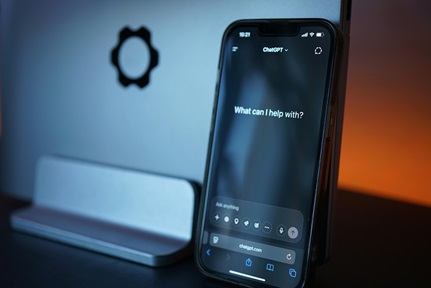
Efficient LoRa WAN Protocol for Mission-Critical IoT Applications
Synopsis
An improvised LoRaWAN protocol has been developed to enhance data transmission efficiency between LoRa trackers and LoRaWAN gateways, addressing the prevalent issue of mid-air data loss due to collisions. This improved protocol enhances the data transmission rate from its current range of 10-30% to 65%, leading to power savings for IoT end nodes, particularly those powered by batteries, by eliminating the need for data re-transmission. Moreover, the improved protocol also significantly increases gateway capacity, thereby reducing the capital expenditure associated with IT infrastructure.
Opportunity
The enhanced LoRaWAN protocol represents a significant market opportunity by addressing the critical challenge of data transmission efficiency in IoT applications. With its capability to reduce mid-air data loss and increase transmission rates from 10-30% to 95-99%, this technology promises substantial power savings for battery-operated IoT devices by minimising the need for data re-transmission. Additionally, it offers a considerable increase in gateway capacity, leading to reduced capital expenditure on IT infrastructure. This improvement not only strengthens data communication robustness for mission-critical IoT applications, such as smart cities, asset tracking, and agritech, but also enables the use of low-cost devices without compromising on data reliability. By requiring only firmware updates for implementation, it facilitates easy adoption by device manufacturers, system integrators, and end-users, opening up a wide range of applications and significantly enhancing the quality of IoT data transmission.
Technology
The technology offers an improvised LoRa WAN protocol that is more efficient in the data transmission between the LoRa tracker and LoRa WAN gateway. Current protocol suffers from mid-air data loss due to data collision. This improvised protocol improves the data transmission rate from the current 10-30% to 95-99%. This improvement results in power savings of the IoT end nodes (especially those that are battery operated) as it eliminates re-transmission of data. This improvised protocol also increases the capacity of the gateway significantly which reduces the capex of the IT infra.
The technology enables LPWAN technology, specifically LoRaWAN devices to operate for mission-critical IoT applications. The protocol ensures robustness of data communication using low-cost devices (e.g., LoRaWAN device suites). The stability in data delivery opens up possibilities for extended applications from data monitoring to mission-critical applications. The protocol also uses existing hardware with a firmware update which can be easily adopted by device manufacturers, system integrators, and application users directly.

Figure 1: LoRa WAN protocol for critical internet of things applications.
Applications & Advantages
Applications:
A robust data delivery method extends the ubiquity of IoT technologies and enables a wider range of applications i.e., smart cities, smart buildings, assets & human tracking, agritech, etc.
Advantages:
Data reliability and quality of data transmission in mission-critical applications



.tmb-listing.jpg?Culture=en&sfvrsn=57e7d9a3_1)
.tmb-listing.jpg?Culture=en&sfvrsn=462ec612_1)










